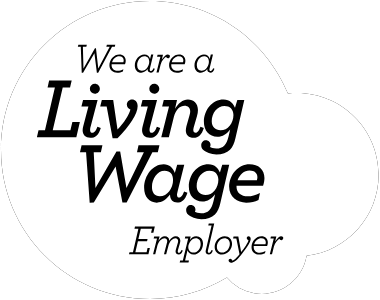Give us five minutes and we’ll give you the top line on an important sustainability topic. This time we are investigating the potential of Blue Carbon to help remove atmospheric CO2 at scale as one of the ways of combatting the threats from a warming climate.
Our guide is Jenny Poulter, journalist, long time sustainability campaigner and most recently at Volans, where she worked on the Green Swans Observatory of game-changing innovations with the potential to bring about systems level change to solve some of the world’s biggest issues.
Narda Shirley: Jenny – what’s the background to this? Can you set the scene for us?
Jenny: As the link between ocean health and climate change becomes ever better recognised, we’re seeing a surge of interest in blue carbon, or the carbon stored in coastal and marine ecosystems.
Since industrialisation, the ocean has absorbed 93% of human-generated heat, and one-third of anthropogenic carbon dioxide. It holds around 50 times more carbon than the atmosphere. And if this wasn’t enough of a service to humanity, its coastal ecosystems are able to sequester and store unparalleled quantities of carbon in its plants and the sediments below. Protecting and restoring these can sequester C02 at rates four times higher than terrestrial forests.
But the ocean’s ability to continue as this remarkably effective carbon sink relies on it remaining healthy: something that has been overlooked for far too long. Happily, this is now changing, and we’re finally starting to see the ocean, and its blue carbon capabilities, rightfully taking a seat at the table of multilateral mitigation conversations.
Narda: Key insight?
Jenny: We know we need gigaton-scale removal of carbon from our atmosphere. But currently, most of our global efforts are focused on reducing emissions of greenhouse gases within the coming decade or decades. While this transition to net zero and beyond is critical, it’s just not enough in itself: we also need to clean up the GHG pollution in the atmosphere. We have to safely remove and store the carbon that already exists from emissions, as well as phasing out new sources.
“This is why the ocean’s incredible efficacy at naturally sequestering carbon, plus its potential (at 70 percent of the Earth’s surface cover) to provide a huge, scalable canvas for effective solutions, offers such an immense opportunity.”
Narda: Word on the street?
Jenny: The UN Ocean Conference in June talked about ‘blueing the Paris Agreement’, and there really is a palpable sense that the opportunity to remove carbon from the ocean through science and nature-based approaches is now picking up wider steam.
And what’s got a lot of people talking is the hotbed of activity around blue tech innovations that could deliver these solutions at the scale needed. Many innovators are working on exciting marine ecosystem restoration projects involving mangroves, salt marshes or seagrass meadows, the latter of which captures carbon up to 35 times faster than tropical rainforests.
But what I’m personally particularly interested in is the innovators working on how to accelerate naturally occurring processes and pathways that remove carbon dioxide from the ocean. This includes cultivating macroalgae (seaweed) at scale, ocean alkalinity enhancement – where alkaline substances are added to seawater to counter acidification and accelerate natural carbon sink capabilities – and even those exploring electrochemistry (also coined ‘direct ocean capture’, in a nod to its DAC counterpart).
Of these, algae is gaining huge traction, as it is fast growing and ultra-efficient at storing carbon dioxide, absorbing 10-50 times more C02 than plants on land; some varieties can grow up to 60cm in a day! Algae innovators range from those pulling carbon out of the air and burying it via microalgae biomass in the desert, to those cultivating and harvesting giant kelp forests, and those growing and sinking macroalgae in the deep ocean.
Algae’s possibilities are exciting investors too, as harvested algae can also be turned into sustainable food, biofuel, consumer products, fertilizers and biomass. The market for algae products is expected to be worth $8.3 billion by 2028.
It’s still early days for some of the more experimental CDR solutions, and we of course need to properly pursue the science, research and feasibility studies to understand ecological consequences before they could be deployed responsibly. But with the science being clear that we’re in a ‘code red for humanity’ we need to actively entertain every option in our collective armoury.
Narda: What’s the market outlook?
Jenny: Many ocean innovators are looking to sell their captured carbon on the carbon credits markets, to organisations keen to deliver on their reduction targets and net-zero commitments. Last year the Taskforce on Scaling Voluntary Carbon Markets projected that the carbon credit market will increase fifteen-fold from 2020 levels, and could be worth up to $50 billion by 2030.
And business is proving there’s a healthy appetite for quality carbon credits: we recently saw the launch of Frontier, a $925 million advance market commitment funded by Stripe, Alphabet, Shopify, Meta, McKinsey and more to accelerate carbon removal by guaranteeing future demand between now and 2030. The key now is to connect corporate demand for carbon removal to blue-based pathways, which are seen as high-quality credits as they support coastal ecosystem and community restoration activities as well as carbon sequestration – putting them in high demand.
Narda: Must have jargon/latest developments?
Jenny: At June’s ‘Ocean and Climate Change Dialogue’, the UN Climate Change Secretariat published a new report highlighting the critical importance of the ocean to the climate system, biodiversity, and coastal livelihoods. The report’s 10 key messages outlined how greater ambition for ocean climate action could be achieved by governments in the run-up to COP27; it’ll be interesting to see what progress is made in Sharm el-Sheikh on this front.
Elsewhere, I’ve been really interested to see Ocean Visions’ recent ‘Macroalgae Cultivation and Sinking for Carbon Sequestration’ framework, convened with a raft of cross-sectoral partners. It essentially offers a blueprint to guide all the steps needed to understand the effectiveness and consequences of sinking seaweed to the deep ocean for long-term carbon sequestration at ‘climate-relevant’ scales (i.e., megatons or gigatons of carbon per year).
It’s a great example of rolling sleeves up and getting on with a robust, working plan to corral the critical research needed to quickly assess the feasibility, scale and responsible deployment of a top climate solution – which is crucial to getting the financial and policy support required.n
Narda: Name droppers?
Jenny: Brad Ack, Executive Director and Chief Innovation Officer at Ocean Visions, is leading fantastic ocean innovation projects under the overarching banner of ‘Catalysing solutions for ocean health’. Of particular note is a series of iterative road maps that lay out key priorities to advance our collective knowledge of ocean-based CDR technology pathways.
Nan Ransohoff, Stripe’s Head of Climate, also leads Frontier’s pioneering advance market commitment for carbon removal.
Daniel Hooft, Founder and CEO of Kelp Blue, is growing and managing large-scale underwater forests of giant kelp that also sustain healthy marine ecosystems alongside locking away the carbon.
Jennifer Howard, Vice President, Blue Carbon Program at Conservation International, is a source of knowledge around developing blue carbon crediting methodologies, identifying barriers to taking blue carbon to scale, and coming up with innovative solutions to overcome them.
Raffael Jovine, Co-founder and chief scientist at Brilliant Planet, is unlocking the natural powers of marine algae to absorb massive quantities of C02 by building the world’s largest algae farm for carbon capture.
Marty Odlin, Founder of Running Tide, is focussed on building technologies to map ocean health and amplify its naturally restorative power, and on rebalancing the carbon cycle.
Whitney Johnston, Director of Ocean Sustainability at Salesforce, is helping to lead the global organisation’s collaborative push to grow sustainable, ocean-based carbon markets.
Christian Lim, Managing Director of SWEN Blue Ocean, is helping to bring ocean impact investing to the mainstream and provide investors with the opportunity to combat critical ocean challenges at scale.
Narda: Address book contacts?
Jenny: Volans – a thinktank and advisory firm with unparalleled expertise in systems thinking and understanding how to create opportunities for regeneration: both of which are paramount to securing the ocean’s healthy future.
ORRAA – a multi-stakeholder alliance working in ocean finance that brings insurers, banks, governments, academia and civil society together with the goal to drive at least $500 million of investment into coastal and natural capital by 2030.
WRI Ocean – the World Resources Institute’s ocean programme focussed on building a sustainable ocean economy by working to accelerate action while also raising the profile of the ocean on the international stage.
Investable Oceans – an investment hub that is simplifying and accelerating market-based sustainable ocean investing by providing a robust, centralised repository of research, commentary and inspiration.
We are on a mission to help innovative businesses communicate their positive impact. Get in touch at hello@thewilful.com if we can help you.
Narda Shirley is Wilful Group Co-founder and Gong Communications Founder.






